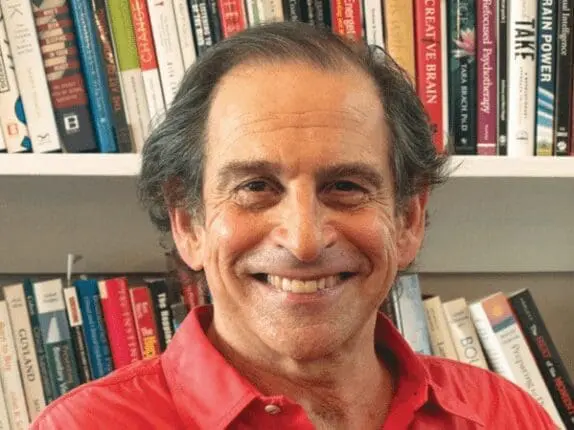We may look back on June 2018 as a tide-turning moment in public awareness of severe depression. Virtually all of us hate the reasons. Within a three-day period, we learned of the suicides of Kate Spade and Anthony Bourdain, who were both wildly talented and successful, and to all outward appearances, enjoying full lives. Two days after Spade’s death and one day before Bourdain’s, the US Centers for Disease Control and Prevention issued a report documenting a 25 percent increase in suicide in the United States over the last 17 years. When I read that the numbers encompassed individuals “age 10 or older,” my breath stopped.
This alarming report, sandwiched by the two high-profile suicides, triggered a media tornado. In a recent New York Times article, writer Benedict Carey called suicide “a genuine public health crisis,” noting that nearly 45,000 Americans died by suicide in 2016—twice the number who died by homicide. While the causes of our newfound awareness are dreadful, the impact might have a positive dimension if we make use of the opportunity it offers. In this issue, we illuminate the dark, often terrifying inner world of depression, and explore several ways clinicians can be more effective in their work with depressed clients, and in helping them prevent future episodes.
In our lead article, writer Marian Sandmaier reports on the widespread yet little-understood phenomenon of recurrent depression, and shares a deeply personal story of her own repeated struggles with depression. Mixing a novelist’s flair for capturing inner experience with a skilled science writer’s command of her subject, she provides a much-needed overview of how to help clients stay well after therapy.
Next, writer and psychologist Martha Manning plumbs the moment-to-moment battle with severe depression, weaving evocative passages from literature, ranging from the Book of Job to Jane Kenyon’s poetry to lyrics from hip-hop’s Lil Wayne, into her own experience. With unsparing candor, she plunges the reader into the “paralyzing sorrow” she’s suffered, including the repeated crawl along the ledge between life and death.
Finally, coupled with the enormous scope of depression is the disturbing fact that fewer troubled people today are turning to therapy for help. Most clinicians know that the field has been steadily eroded by the pharmaceutical industry; what we may not know is the extent. For every person who’s now in therapy, four more are taking meds for depression. In his Times piece, Carey reports that 15 million Americans have been on antidepressants for more than five years. In this issue, psychiatrist Henry Emmons tackles the subject of how psychiatry is discovering new alternatives to the traditional pharmaceutical approach of treating depression, tracing how the field’s growing reliance on drugs-as-treatment has depleted the spirits of both the psychiatrists who routinely prescribe the meds and the therapists who increasingly refer clients for this purpose. He investigates the emergence of more holistic mind–body methods, noting that while medications can sometimes be necessary, indeed lifesaving, they can also change the brain in disturbing ways with long-term use.
All the pieces in this issue are, in their own ways, calls to action. We can’t wait any longer to find better ways to treat and prevent major depression through more active, targeted methods. We’re in a genuine public health crisis here, and therapists are vital first responders. Let’s go.
Richard Simon
EDITOR, Psychotherapy Networker
Rich Simon
Richard Simon, PhD, founded Psychotherapy Networker and served as the editor for more than 40 years. He received every major magazine industry honor, including the National Magazine Award. Rich passed away November 2020, and we honor his memory and contributions to the field every day.












